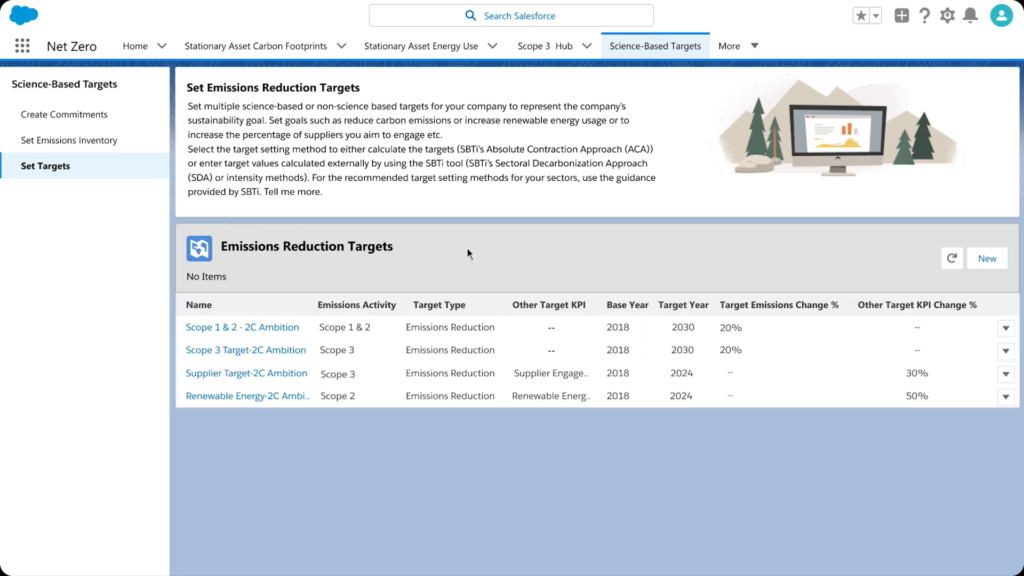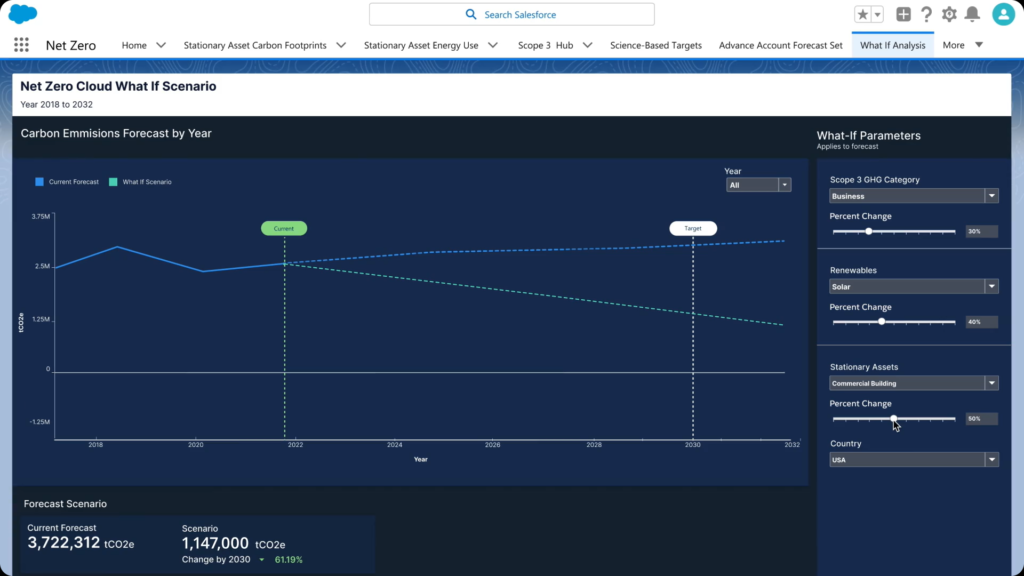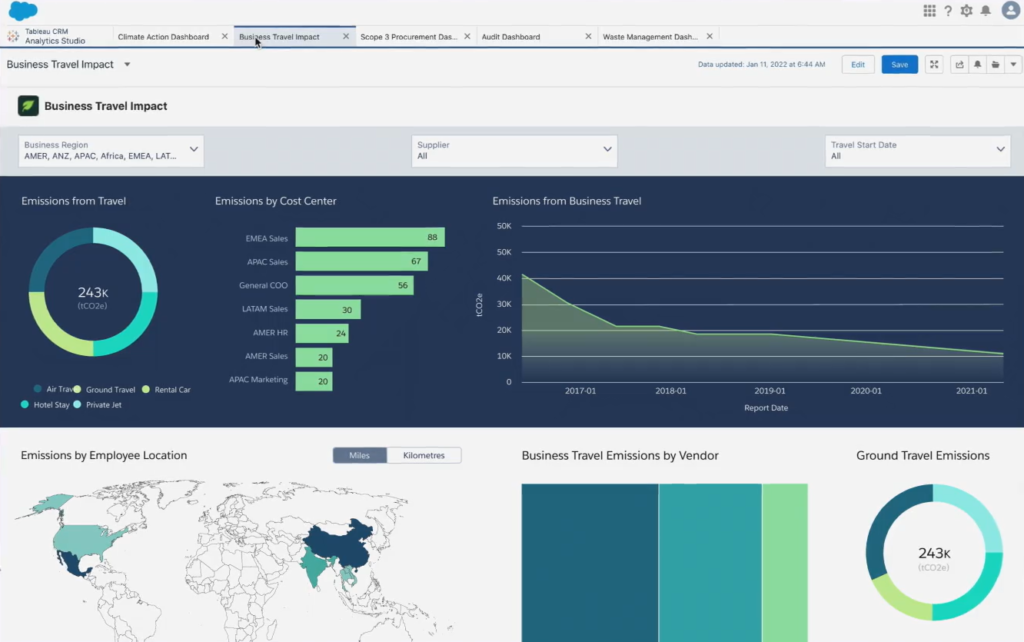Climate change and Global warming are the buzzwords nowadays. It is happening and that is the fact that we cannot deny. Human actions over the last couple of centuries such as industrialization, use of fossil fuels, carbon dioxide (CO2) emission are the major driving factors that are causing the long-term shifts in temperatures and weather patterns. We need to act now to sustain in the near future and prevent apocalyptic disasters from happening. As per Paris Agreement a.k.a Paris Climate Accords 2015, humanity need to achieve “Carbon Neutrality” by 2030 and eventually “Net Zero” by the year 2050.
So, what is Carbon Neutrality and Net Zero?
Carbon neutrality is having a balance of carbon emission and absorption in the atmosphere. This can be achieved by removing it from the atmosphere or by eliminating emissions itself from society. Whereas, Net Zero is a blanket term referring to all greenhouse gases that are into the skies, such as methane (CH4), nitrous oxide (N2O) and other hydrofluorocarbons.
How to Keep a Track of These Emissions?
Many websites and apps nowadays offer you the feasibility of tracking these emissions. But, for a business you need a robust Environment, Health and Safety (EHS) management system that is cloud-first, well-integrated, scalable and easy to use. Salesforce, world’s No. 1 CRM introduced Sustainability Cloud in 2019 to help companies track emissions caused by their actions. Now Salesforce has revamped it with far more better features and analytical prowess. Let’s see what’s in store this time around.
Presenting Net Zero Cloud 2.0 (Previously Sustainability Cloud)

Net Zero Cloud 2.0 is a brand-new sustainability management solution from Salesforce. It empowers companies to not only track the emissions due to their actions but also let them forecast, simulate and do analysis of the planned actions. It is a one-stop-shop solution to calculate all of the following scopes of carbon emissions:
- Scope 1 – Direct emissions from assets that are owned by company such as buildings & vehicles
- Scope 2 – Energy purchased such as electricity or heating in a company-owned building
- Scope 3 – Sources that are in company’s value chain like supplier emissions, business travel, waste, etc.
Salient Features of Net Zero Cloud 2.0
- Carbon Accounting – Convert all of your energy consumption data to carbon emissions data with built-in conversion formulae
- Executive Stakeholder Reporting – Prepare and present data in an intuitive manner with stunning visualizations using purpose-built dashboards and apps of CRM Analytics
- Emissions Forecasting and Simulations – Forecast upcoming and likely emissions, set net zero goals and track progress, mimic scenarios and apply permutations and combinations to identify quickest way to net zero
- Supplier Management and Scope 3 – Work and coordinate with your suppliers to get accurate data and get a shared view of your scope 3 emissions
Top 8 Benefits of Using Net Zero Cloud 2.0
Net Zero Cloud 2.0 is power-packed with unique features and functionalities. Getting started with it is also quite straightforward with point and click configurations. There are plentiful advantages and benefits of using it but here are top 8 benefits that we would like to highlight:
- Environmental Impact SSOT – Leverage one cloud-first platform that acts as your Single Source of Truth (SSOT) for all forms of real-time, accurate environmental data, no disparate systems to manage and get rid of spreadsheets
- Energy Use Records – Transform energy use data to carbon emissions with built-in formulae and get granular insight into your carbon footprint
- Carbon Footprint Forecast – Design forecast model for your company’s scope 1, 2, and 3 emissions. Set goals using a built-in module that is in line with the Science Based Targets initiative (SBTi)

4. What-If Analysis Plan use cases, actions based on emissions and inventory and analyze the results based on proposed decisions, then choose the appropriate way forward

5. Purpose-built Dashboards (Powered by Tableau)
a. Climate Action Dashboard – Get a complete picture of your entire environmental data landscape giving you info on total carbon footprint covering scope 1, 2, and 3 emissions

b. Sustainability Audit Dashboard – Review the critical factors that sway your path to net zero such as Greenhouse Gas (GHG) summary, energy consumption, asset types, and emission factors.

c. Business Travel Impact Dashboard – See roll-up summary data of your entire organization’s travel emissions as a whole across air travel, ground travel, and hotel stays. Slice and dice that data by department, region or whichever need be

6. Supplier Management – Look at a holistic view of your supplier data in the procurement chain for all of their scope 3 emissions and identify elements having considerable impact on company’s total carbon emissions.

7. Scope 3 Emissions Hub – Use exclusive app to keep a tab of all scope 3 emissions data for streamlined tracking of EEIO Environmentally Extended Input-Output (EEIO) and procurement data from upstream processes.

8. Waste Data Management – Bring in waste data from various external sources, use preset emission factors to measure emissions of all scopes and report on key waste metrics and KPIs.

Ready to Track Your Organization’s Carbon Footprints?
All the organizations need to take the global warming seriously and act upon now to achieve carbon neutrality and net zero missions ahead of time. Salesforce Net Zero Cloud 2.0 can act as a guiding star in showing you the right direction to move forward with your goal. Whether you are new to Salesforce or an existing customer, feel free to reach out to us and our solution experts will devise a plan for your noble implementation of reducing your carbon footprint and together, we can make this world a better a place to live.
*Screenshots taken from “Net Zero Cloud” demo video on the Salesforce Net Zero Cloud product overview page.

